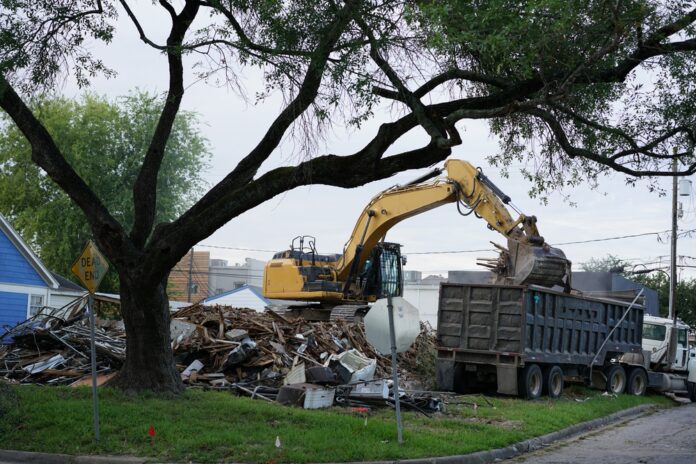
After devastation due to disasters, the next hard part comes. Cleaning up messes brought about by natural disasters requires a certain level of expertise and determination. Business owners, homeowners, and maintenance personnel are the most involved in the cleanup process. They have to deal with mold growth, contaminated water supplies, the eruption of diseases, and whatever other issues that comes with disasters. Here are a few tips that they can follow up on to ensure a successful cleanup process.
- Prioritize Safety
The issue of safety comes when it is time to open a business that closed when disaster struck. You will have to go back and assess the damage, which you can only do after the local disaster management authorities have given the go-ahead. As you go ahead to have a look at your property, there are a few things that you can do to ensure your safety. First, ensure that you have the required personal protective equipment. The protective gear should keep you safe from falling debris, radicals, bacteria, contaminated water, and even noise.
Examples of gear that you should consider taking with you are hard hats, goggles, gloves-preferably rubber ones, N95 masks, waterproof boots, and earplugs. Avoid going into buildings when darkness comes. Light is necessary to spot danger. It also helps to have company when going into those areas. Watch out for power lines and debris submerged underwater. It’s better to have an electrician examine the power system before you go into a building. Also, ensure you check for gas leaks.
- Strive to prevent and eliminate mold.
In the event of a water-related disaster, there is bound to be the growth of mold and mildew. As long as an area has stagnant water, mold starts to grow in the first 24 hours. In time, long-term mold will become a problem. So, it would be best if you tried to get rid of water and any mold that has already developed in almost 48 hours. Experts will probably require special tools to see the removal of mold through. Some of the equipment used requires some power, which is accessible through a generator. The generator should be at least 20 feet away from the site.
The best device to use to remove stagnant water is a vacuum. There are special vacuums meant for this work. After getting rid of the stagnant water, the next step is to remove all soaked objects. Among those objects, some are savable, and others require discarding. The next steps are to eject mud and silt, ensure sufficient ventilation, which is faster when using dehumidifiers and similar devices. Fix leaks and clean all items that have mold.
- Prevent Diseases
Stagnated water often bores diseases. You can take some steps to ensure that the pathogens in flood or stagnant water do not spread. The best way to ensure this is by seeing that all surfaces and objects touched by floodwater are clean and disinfected. Don’t look for mold as a qualifier for what deserves disinfecting and what doesn’t. Pathogens are invisible to the naked eye. It also helps to ensure that your hands are clean at all times. If there is no clean water and soap available, hand sanitizers are also useful.





